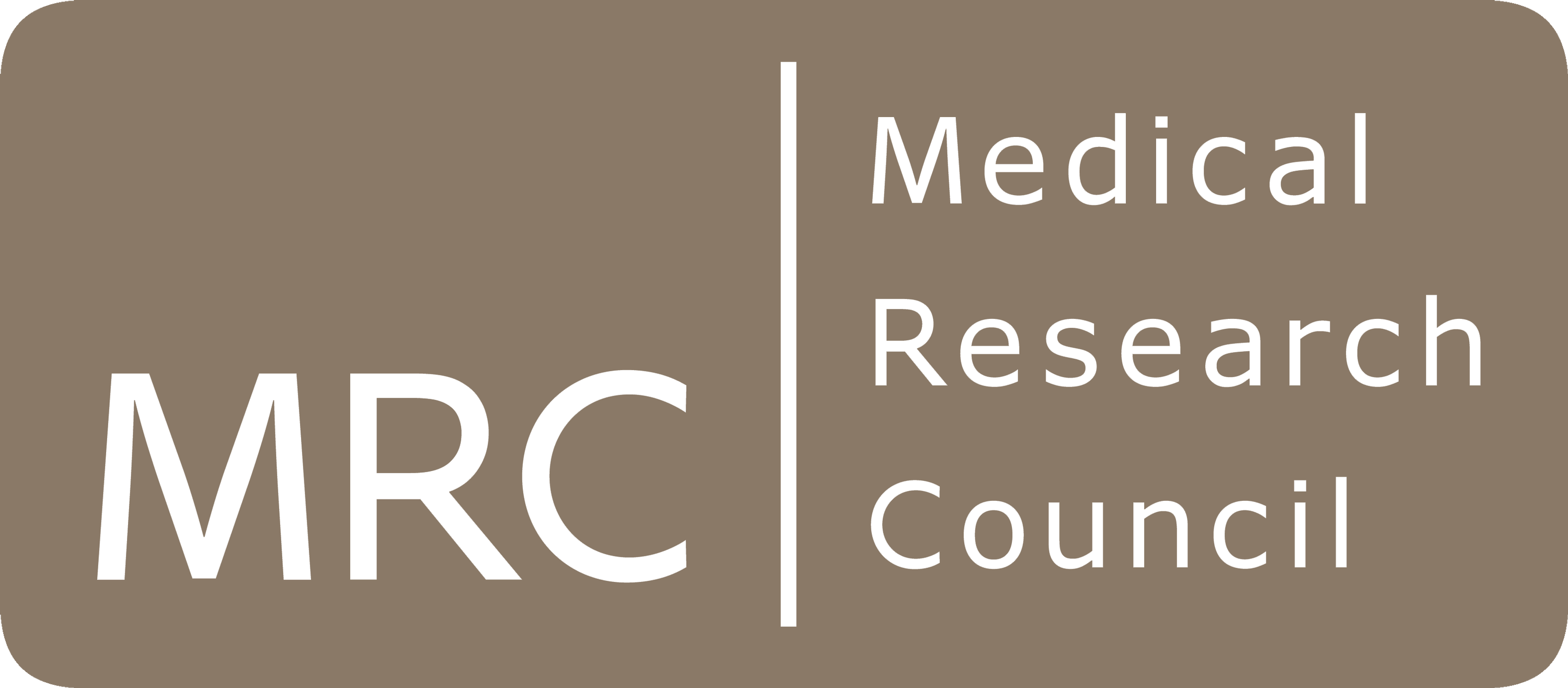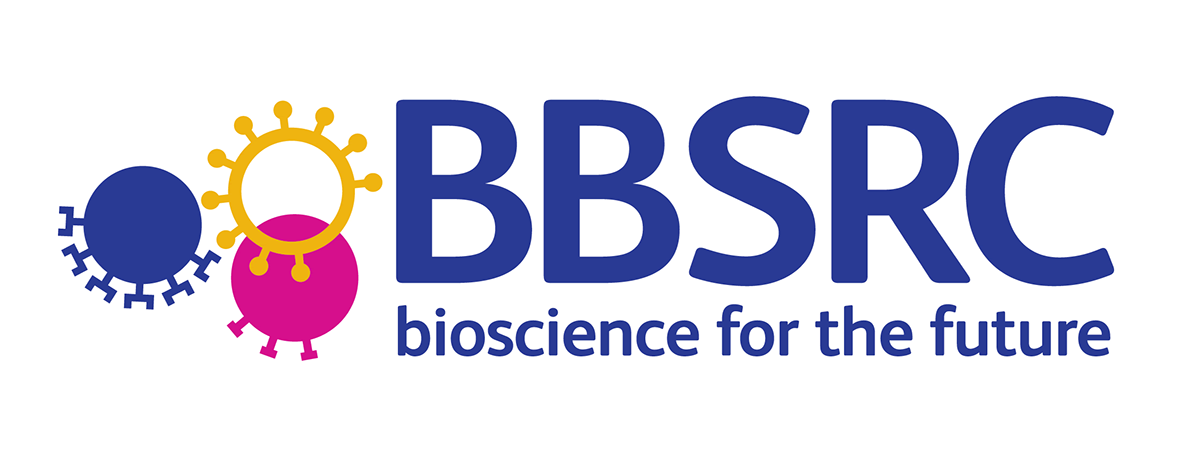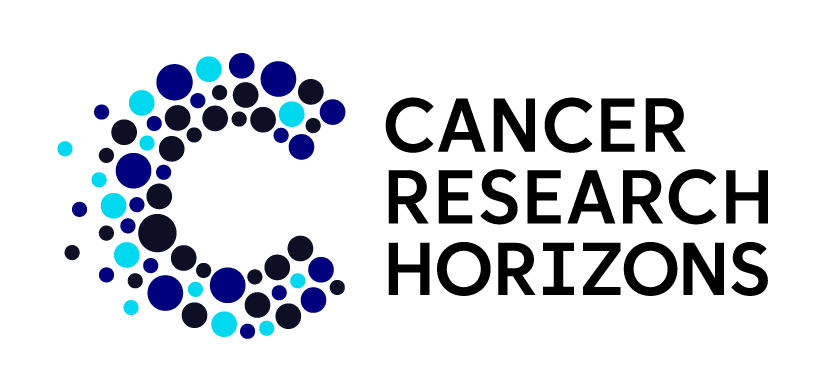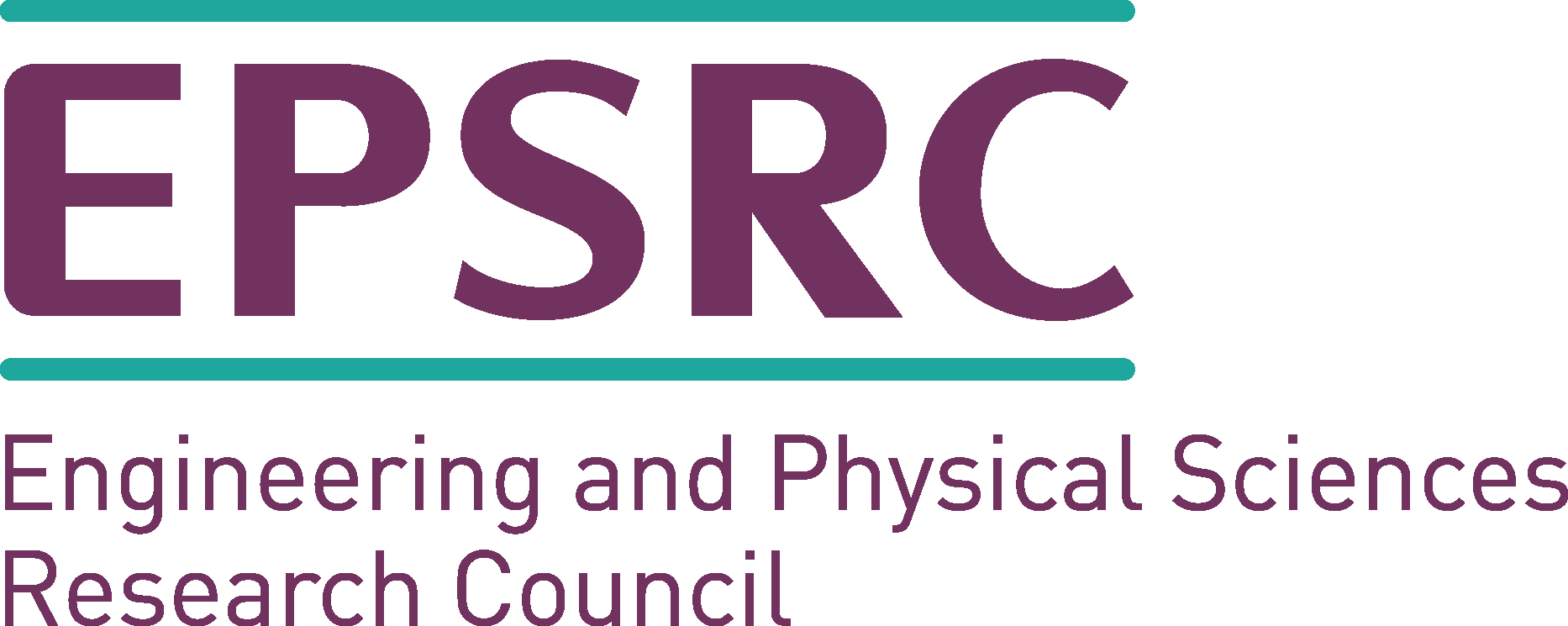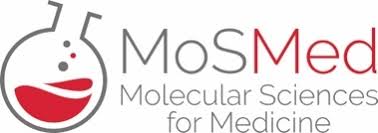News
New Paper – Irreversible inhibitors of NIK
An Alkynylpyrimidine-Based Covalent Inhibitor That Targets a Unique Cysteine in NF-κB-Inducing Kinase
J. Med. Chem. 2021, 64, 10001-10018
https://pubs.acs.org/doi/10.1021/acs.jmedchem.0c01249
https://doi.org/10.1021/acs.jmedchem.0c01249
Islam Al-Khawaldeh, Mohammed J. Al Yasiri, Gregory G. Aldred, Christine Basmadjian, Cinzia Bordoni, Suzannah J. Harnor, Amy B. Heptinstall, Stephen J. Hobson, Claire E. Jennings, Shaimaa Khalifa, Honorine Lebraud, Mathew P. Martin, Duncan C. Miller, Harry J. Shrives, João V. de Souza, Hannah L. Stewart, Max Temple, Huw D. Thomas, Jane Totobenazara, Julie A. Tucker, Susan J. Tudhope, Lan Z. Wang, Agnieszka K. Bronowska, Céline Cano, Jane A. Endicott, Bernard T. Golding, Ian R. Hardcastle, Ian Hickson, Stephen R. Wedge, Elaine Willmore, Martin E. M. Noble*, Michael J. Waring*
NF-κB-inducing kinase (NIK) modulates the noncanonical NF-κB pathway, with mutation of NIK itself or in its upstream negative regulators implicated in the survival of multiple B-cell malignancies. NIK is therefore an important target for small-molecule inhibitors. This work builds on known non-covalent inhibitors to overcome inherent issues in selectivity and potency through the conversion to a covalent inhibitor.
Examination of the crystal structure of a known reversible inhibitor 1 demonstrated the propargyl alcohol sidechain extends into the back pocket towards Cys444 and thus it was expected that replacement with an electrophilic group would lead to covalent inhibition. Initial disappointing results with the traditional acrylamide type warheads led to a series of alkenyl and alkynyl groups activated by conjugation with electron-deficient heterocycles. An alkynylpyrmidine inhibitor 2 was identified with submicromolar potency and covalent adduct formation as demonstrated through mass spectrometry studies.
Although this work demonstrates that covalent inhibition of NIK targeting Cys444 is feasible for the generation of selective inhibitors, this series showed NIK-independent effects on cancer cell growth which couldn’t be overcome. It can be concluded that these alkynyl-heterocyclic warheads are useful covalent binding warheads which can be further utilised in covalent programs against other targets.

Last modified: Mon, 19 Dec 2022 17:21:09 GMT

